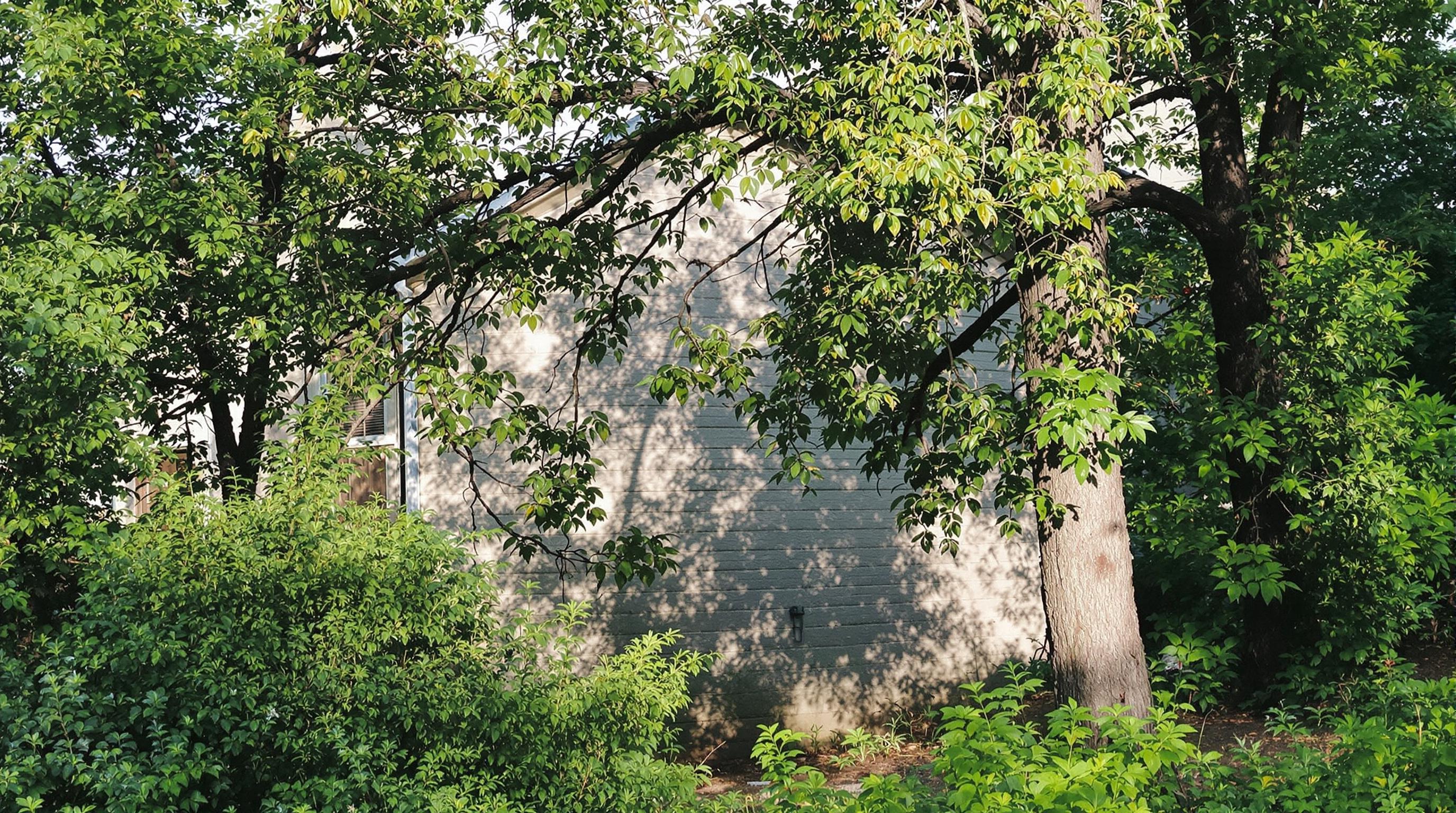Related Articles
- Top 5 Game-Changing Copyright Management Apps from 2019 to 2024 for Modern Creators
- Top 5 Game-Changing Copyright Management Apps Released Since 2019 for Fast, Foolproof Filings
- How Traditional Storytelling Shapes Community Healing in Conflict Settlement Practices Worldwide
- The Role of Ancient Storytelling Traditions in Shaping Modern Conflict Settlement Practices
- The Quiet Shift: How Climate Change Is Secretly Reshaping Liability Standards in Insurance Policies
- The Unseen Impact of Climate Change on Rural Insurance Mandates and Local Risk Assessments
The Unseen Impact of Climate Change on Rural Insurance Mandates and Local Risk Assessments
The Unseen Impact of Climate Change on Rural Insurance Mandates and Local Risk Assessments
Climate change is quietly reshaping rural insurance mandates and local risk assessments, often catching communities off guard. This article explores the complex ripple effects of environmental shifts on insurance policies, economy, and rural resilience with a blend of hard facts and human stories.
Imagine a small farming town where a century-old floodplain becomes suddenly unpredictable. Local insurance agents, once comfortable with decades of consistent flood maps, now face the challenge of rewriting risk assessments almost annually. This unsettling new normal forces both farmers and insurers to grapple with uncertainty that was barely on their radar a decade ago.
The Growing Complexity of Rural Insurance Mandates
Insurance mandates in rural areas have traditionally leaned heavily on historical climate patterns and static hazard maps.
But with climate change accelerating, these patterns no longer hold. According to the National Flood Insurance Program (NFIP), flooding events in the U.S. have increased by 20% since 2000, disproportionately impacting rural counties compared to urban areas (FEMA, 2023). What was once a one-in-100-year flood is becoming a frightening annual threat.
Case Study: Midwest Floods and Mandate Overhauls
In 2019, the midwestern United States witnessed the worst flooding in decades, with Missouri and Iowa’s rural counties experiencing severe agricultural losses. Post-flood risk assessments led to abrupt insurance mandate changes, compelling farmers to purchase flood insurance policies they had previously considered optional or unnecessary.
Patricia, a 62-year-old farmer from Iowa, shared her frustration: “The insurance went from something I could skip to a requirement overnight, and the premiums doubled. It feels like climate change is writing the rules I have to follow, but I didn’t get a say in it.”
The Economic Impact on Rural Residents
Sudden changes in insurance mandates hit rural households hard, where annual incomes tend to be lower than urban centers by up to 25%. A 2022 University of Nebraska study found that rising insurance premiums could push 15% of rural farmers into economic distress or bankruptcy within the next five years if climate trends persist.
Risk Assessments: The New Playing Field
Modern risk assessments in rural communities must incorporate dynamic climate data that fluctuates year-to-year, unlike the static models of the past.
Thomas Nguyen, a 29-year-old actuarial analyst, remarks, “We’re transitioning from using 30-year climate normals to probabilistic models that predict the chance of extreme weather in the next decade. This shift means rural insurers have to constantly update their databases, which increases operational costs but is necessary for accuracy.”
Conversational Spotlight: Navigating the New Reality
Me: “So, how is this really affecting people on the ground?”
Local Insurance Agent, Melissa: “Well, Jack, think about it: a farmer in Nebraska who’s been insured for 20 years suddenly finds coverage denied or premiums tripled because the flood risk map shifted overnight. It's not just insurance; it’s livelihoods at stake.”
Humorous but Harsh: The Climate Insurance Tango
You know you’re truly living in a new climate era when your insurance company starts naming policies after weather phenomena. “Come buy the ‘Hurricane Hank’ package—includes mandatory hurricane insurance even if you live 200 miles inland!” It’s almost comical, if it weren’t so terrifying for rural folks facing these mandates.
Policy Recommendations: Bridging the Gap
Experts emphasize the need for flexible, community-driven insurance policies that evolve with climate conditions. A recent report by the Rural Policy Center (2023) suggests implementing tiered insurance premiums based on continual risk updates, coupled with government subsidies to help vulnerable populations.
Why does this matter? Because rigid mandates increase the risk of uninsured losses, which then shift burdens to taxpayers and emergency relief funds — a cycle nobody wants to perpetuate.
Storytelling: A Village's Fight for Fair Coverage
In Appalachia, a village pooled resources to hire climate consultants who helped them negotiate with insurers for fairer, adaptive risk assessments. Their approach included installing early warning systems and community risk workshops. This grassroots success model is gaining attention as a replicable strategy nationwide.
A Call to Action: Understanding and Advocacy
Whether you’re 16 or 70, understanding the unseen impact of climate change on rural insurance is critical. It shapes economics, resilience, and ultimately, the ability of rural communities to thrive. Engaged citizens can advocate for smarter policies and support local initiatives that blend science with community needs.
Conclusion: The Invisible Thread of Changing Climate and Insurance
As climate change continues its unpredictable path, rural insurance mandates and risk assessments will remain in flux, demanding adaptation from insurers and communities alike. The invisible transformations demand attention—not just from policymakers, but from every stakeholder who cares about rural America's future.
Sources:
- FEMA National Flood Insurance Program, 2023
- University of Nebraska Agricultural Economics, 2022
- Rural Policy Center Report, 2023




